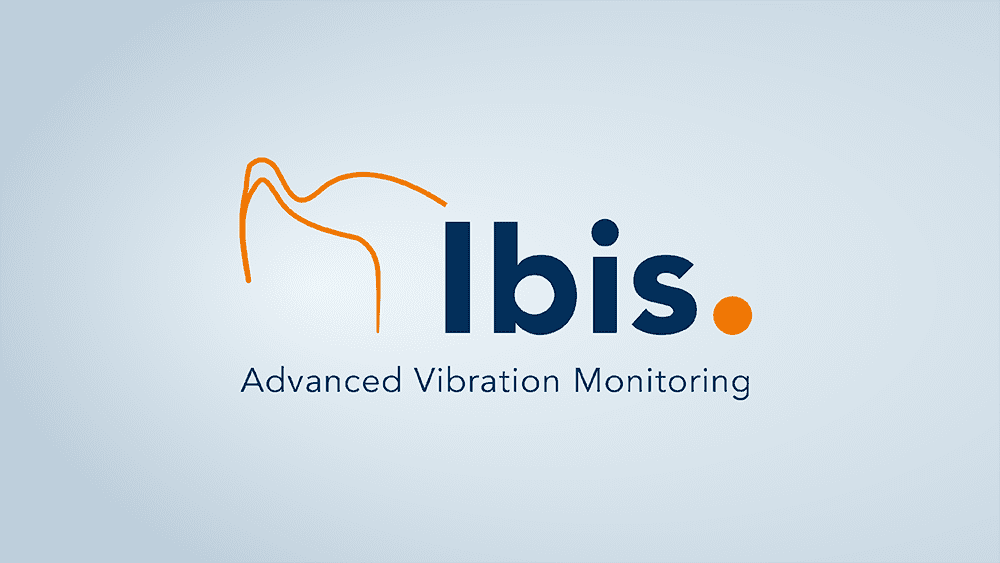Glossary » Resonance
R for resonance
Resonance
What is resonance?
In physics, resonance refers to the amplification of a Oscillation or movement of a system due to a periodic excitation with the same Frequency like the natural frequency of the system. Here are the basic components of this concept:
Natural frequency
Every physical system has its own natural frequency at which it oscillates or vibrates when it is struck. For example, a string on a musical instrument has a natural frequency at which it vibrates most strongly.
Excitation with the same frequency
If a periodic force or excitation acts on a system and this excitation has the same frequency as the natural frequency of the system, resonance occurs.
Amplification of the vibration
In resonance states, the oscillation of the system is amplified. This means that the system absorbs more energy and the amplitude (intensity) of the oscillation increases.
Measure and analyse vibrations with Ibis
Example of resonance
A simple example is a swinging bridge. If people walk across it at the rhythm of the bridge's natural vibration frequency, the vibration can be amplified, which can lead to dangerous conditions. Therefore, understanding resonance in engineering is important to ensure that structures and systems do not enter dangerous vibrational states.
